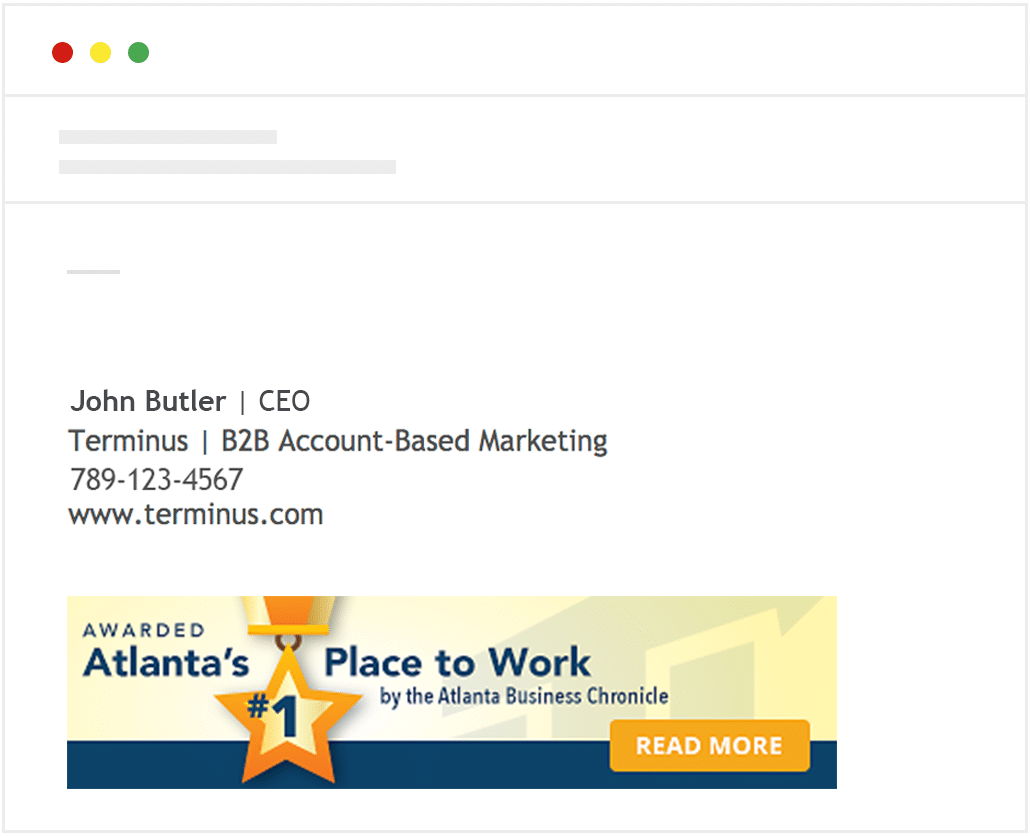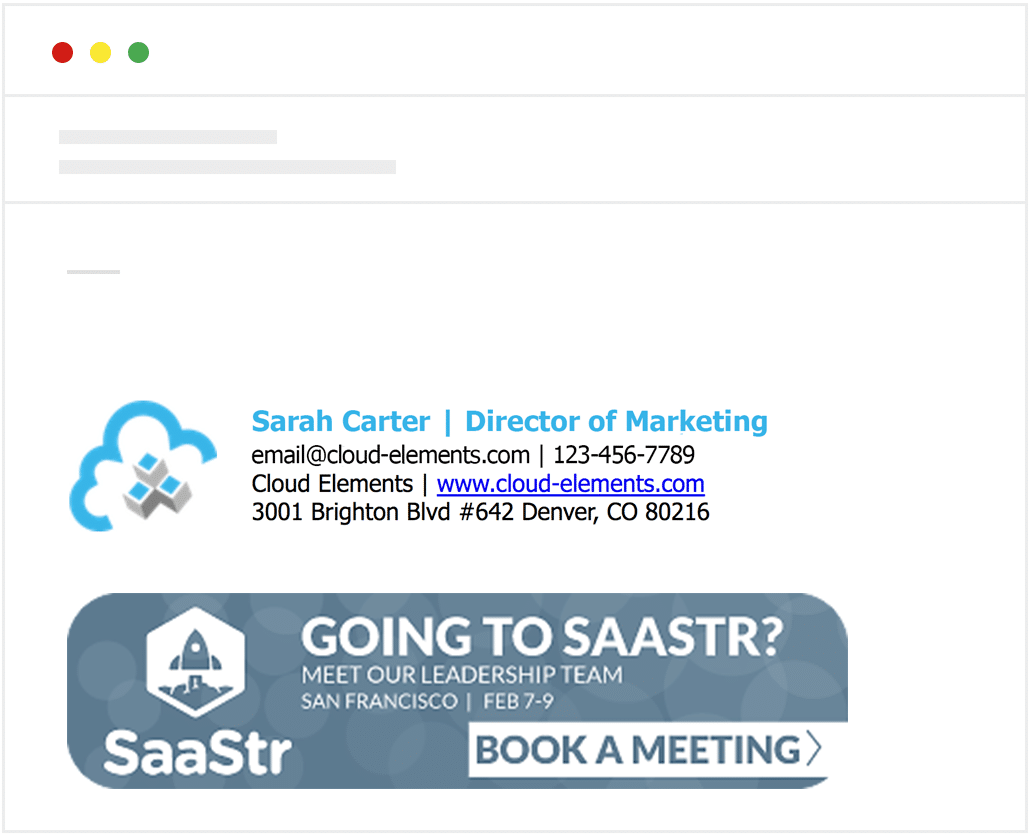Disclaimer: This post was written with Selective Jet Lag Disorder (SJLD). A disorder which affects those traveling west, but whose internal clock is set to EST. West coast by night, east coast by morning. While taxing to the patient, this schedule can be maintained for 72 hours. Lucky for me, that’s how long I’m in San Francisco for SaaStr before heading back to Indianapolis.
What Sujan Patel and Mark Roberge taught me:
A Quick Note: In digital marketing, anytime someone has their full name as their Twitter handle, they inherently command instant respect. (They’re not forced to put a number after their name à la @danhanrahan8. I couldn’t even be number two? But I digress.) When someone like Sujan (@sujanpatel) or Mark (@markroberge) gives me advice on Sigstr, you bet I’m taking notes.
Short time to value + High viral factor = Huge freemium potential
Sigstr has prioritized enterprise functionality to serve the largest companies in the world. We’ve kept the UX clean and intuitive, so the SMB marketer can quickly launch and see value. However, we have not prioritized the first-time, self-service experience.
Before we get too far, let’s detour for a quick rundown on the viral/value/freemium opportunities with Sigstr. Our platform lets marketers centrally control employee email signatures. It ensures every send closes with an on-brand signature and a crisp, dynamic call-to-action. Here are a few examples from SaaStr sponsors.
The average employee sends 10,000 emails each year. And, each email is looked at around two-and-a-half times. So for a company with just 100 employees, Sigstr is seen 2.5 million times! We include a simple watermark that displays in those signatures and it’s our single largest lead source. The viral component is absolutely unparalleled.
In SaaS, we do things that don’t scale in the early days. Often this involves high-touch service – basically, we do all the heavy lifting for you. We want you live as fast as humanly possible with a branded signature and compelling CTAs for every team. Email signature marketing is a new channel. And we know how to make it work. So we do it for our customers so they can see it work, too.
And while we do have about 10 percent of our Annual Recurring Revenue driven from self-service folks, it’s simply not as intentional as it should be.
But there is zero reason not to focus on the self-service model with the ideal free product. Because for us every user promotes our product 10,000 times / year!
One last thing I picked up from Sujan: Freemium does not necessarily mean you’ll only attract small businesses. If an enterprise signs up for the freemium product, you drop everything and engage that person just as you would any other inbound enterprise lead.
What I learned from Lauren Vaccerello, VP Marketing at Box
How to Market to Customers, Small, Medium, Large, Extra-Large: All at the Same Time from the Same Budget
Lauren has the same problem we have at Sigstr: Every company, of every size and in every vertical can be a potential customer. At the same time, every employee in a company gets value from the product. Box has 69k customers, including 60 percent of the Fortune 500.
So how the heck do you market without becoming generic and vanilla? It all starts by aligning your sales team on segments. And then crafting a strategy for each of those segments. Then, automation and the right technology tools can drive massive scale. Some notable recommendations from Lauren were Demandbase, Radius, 6Sense, Marketo and Optimizely.
Let’s review:
Step 1: Build segments with sales
S2: Measure everything to understand your segments
S3: Apply the right technology tools to automate relevant marketing
I learned so much on day one at SaaStr. I’ve met some incredible people and can’t wait for the next 48 hours. Sleep is overrated.



